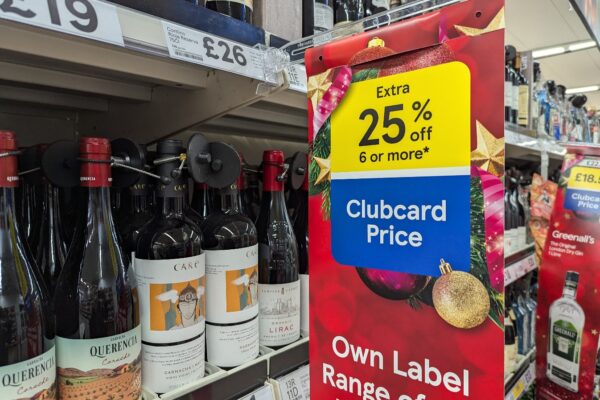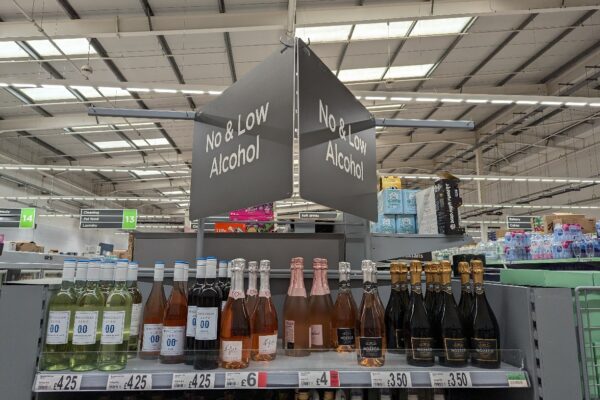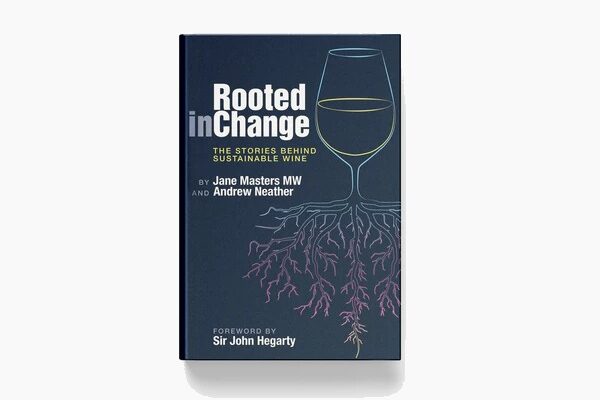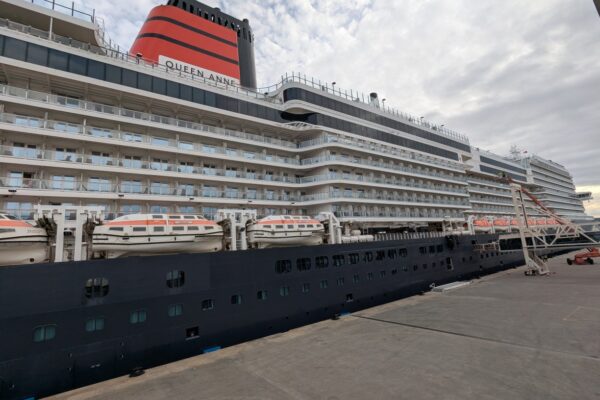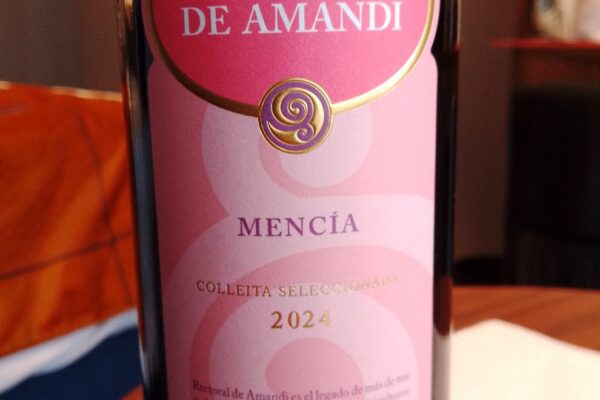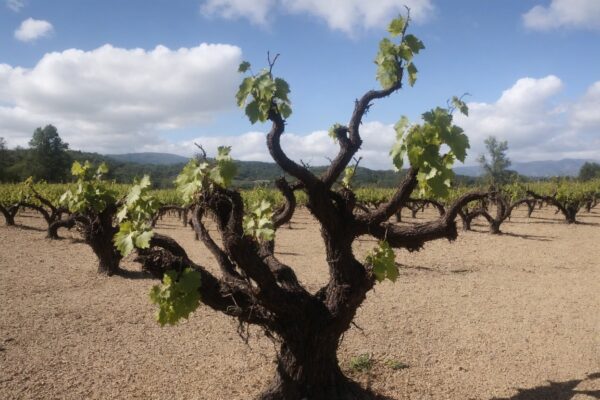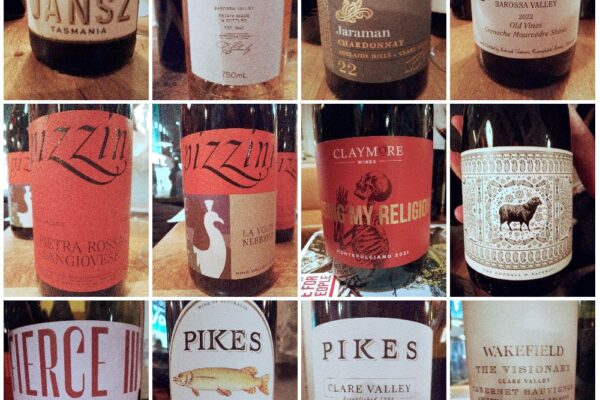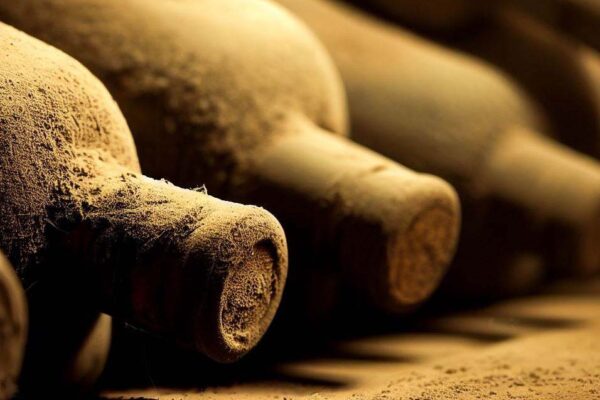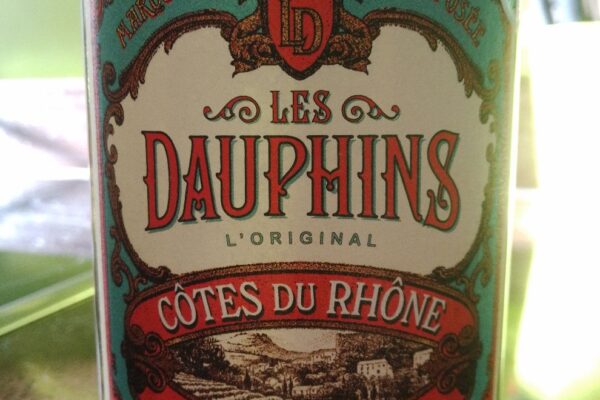
A new article Balancing act: Managing High Alcohol in Wine by Andy Neather discusses the growing concern in the wine industry regarding rising alcohol levels in wine, attributed to climate change and evolving consumer preferences for riper, more powerful wines. It specifically notes the trend of increasing alcohol content in wines from traditional regions like Burgundy, Bordeaux and the northern parts of Spain, with recent vintages showing significantly higher percentages than were common in the past.
The article explains the scientific basis for this increase, higher average temperatures lead to higher sugar levels in grapes, resulting in higher potential alcohol content. It also addresses the impact of stylistic preferences, highlighting the influence of critics like Robert Parker, who favoured bolder wines, contributing to the rise in alcohol levels.
Winemakers are exploring various strategies to manage high alcohol levels, both in the vineyard, such as picking grapes earlier, and in the winery, through techniques like diluting the must or employing advanced technologies like reverse osmosis and spinning cones to remove alcohol post-fermentation. The article emphasises the importance of balance in wine, arguing that high alcohol content need not be detrimental if it is in harmony with the wine’s other components like fruit, acidity and tannins. The role of different grape varieties in managing alcohol content and achieving balance is also discussed, with specific examples.





